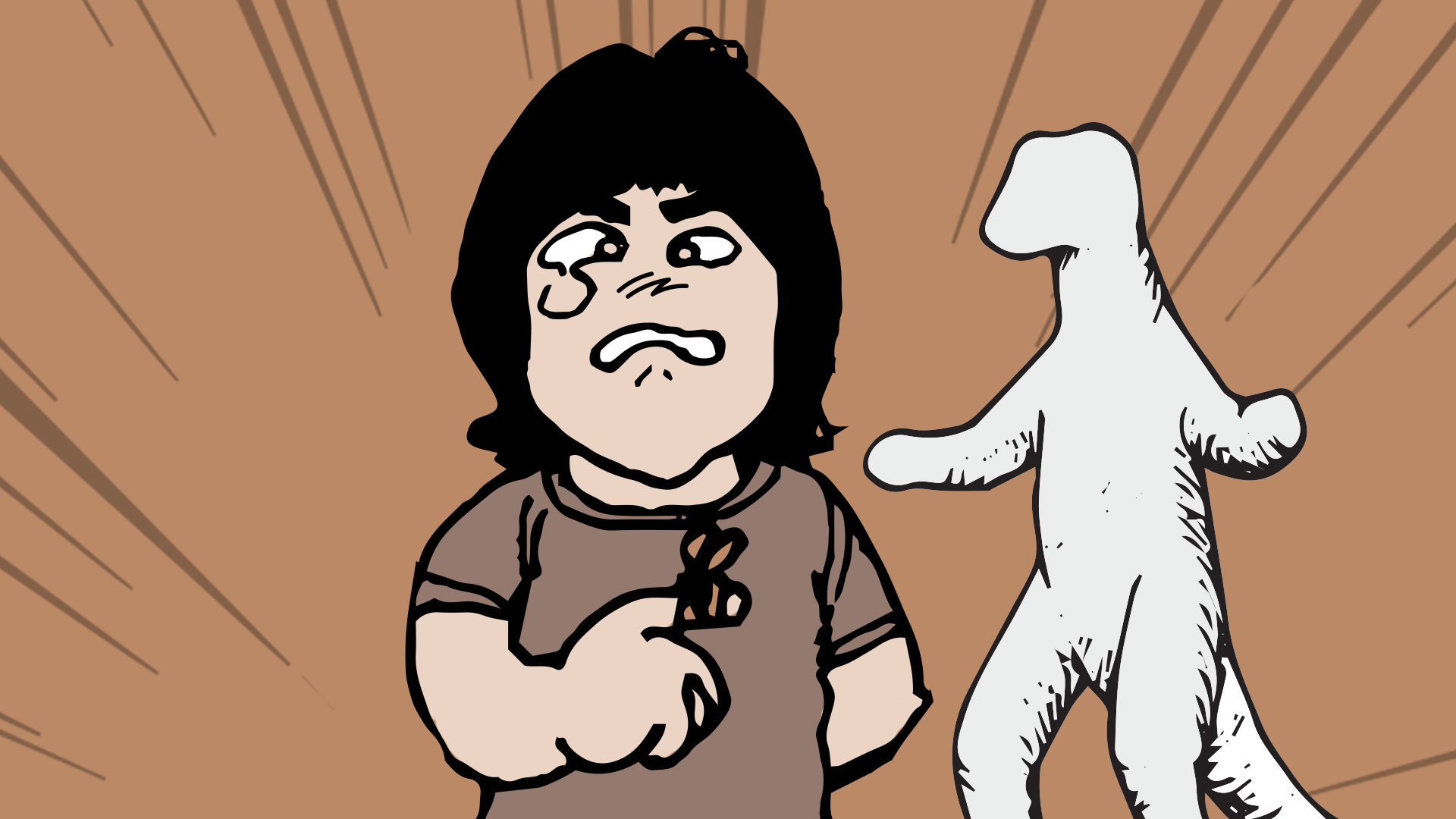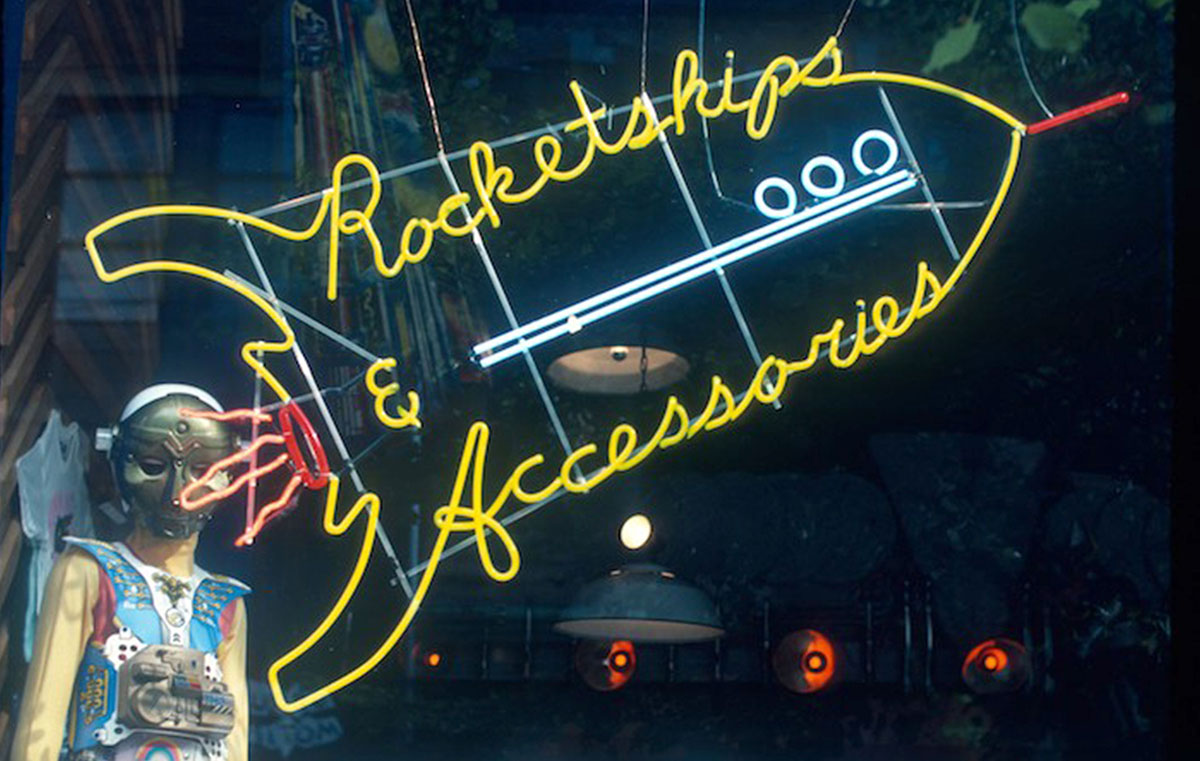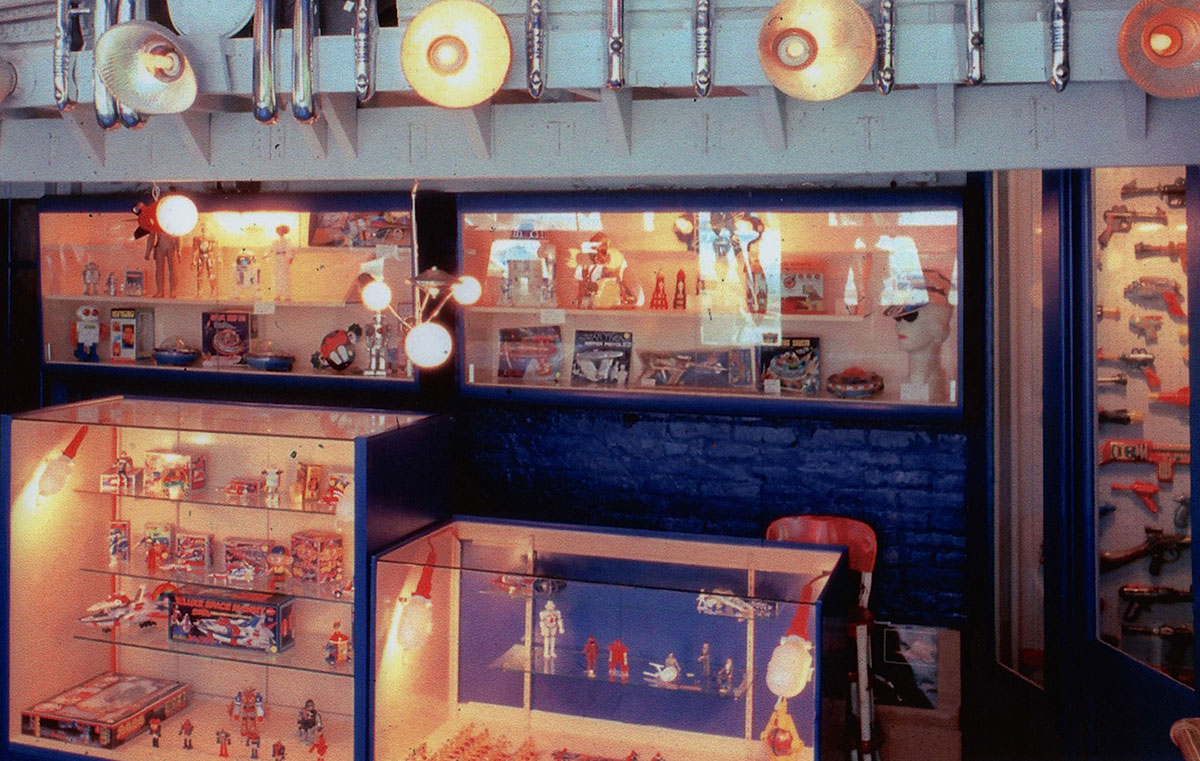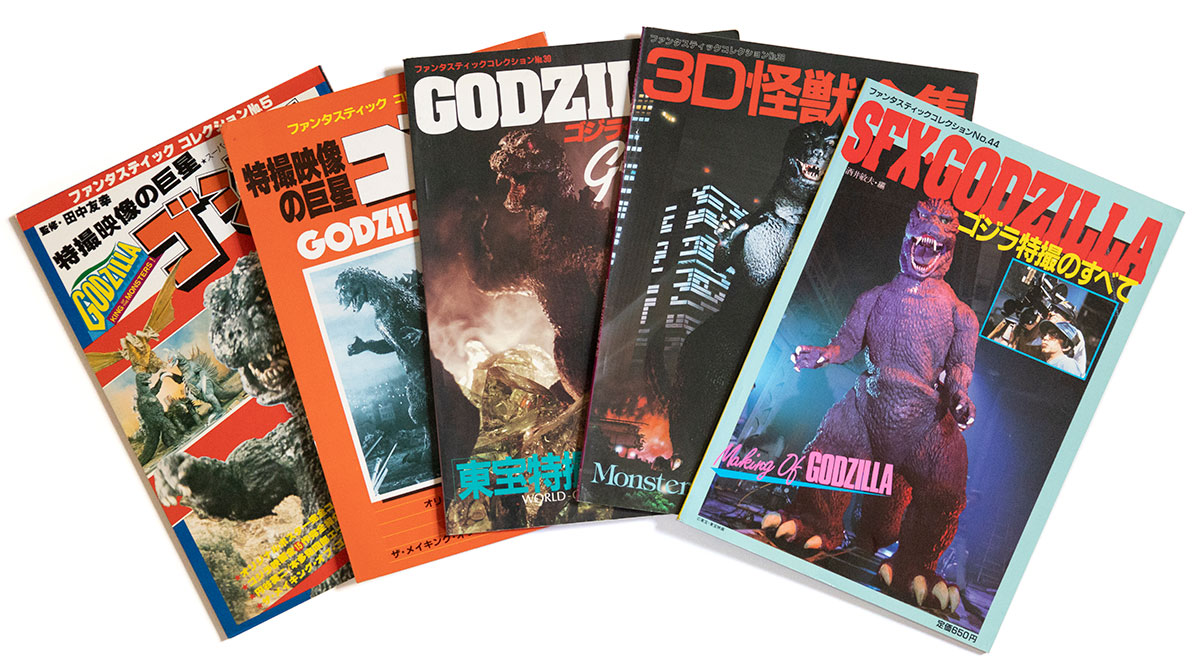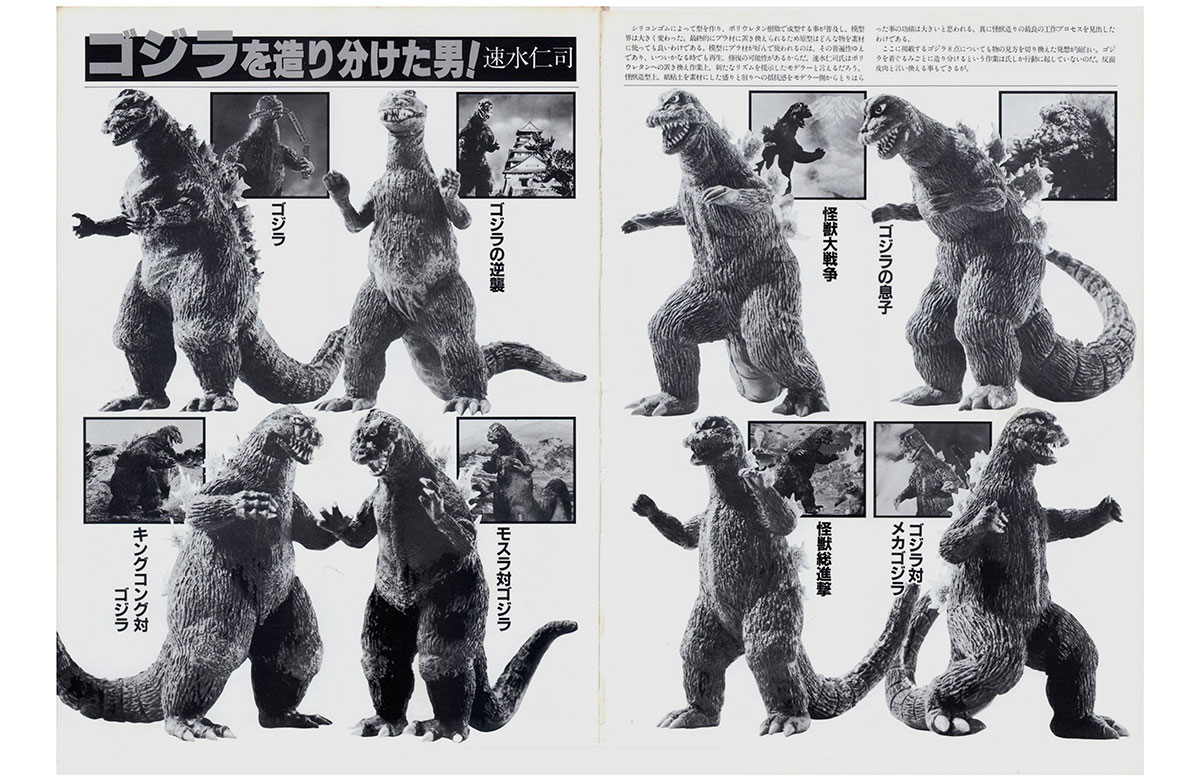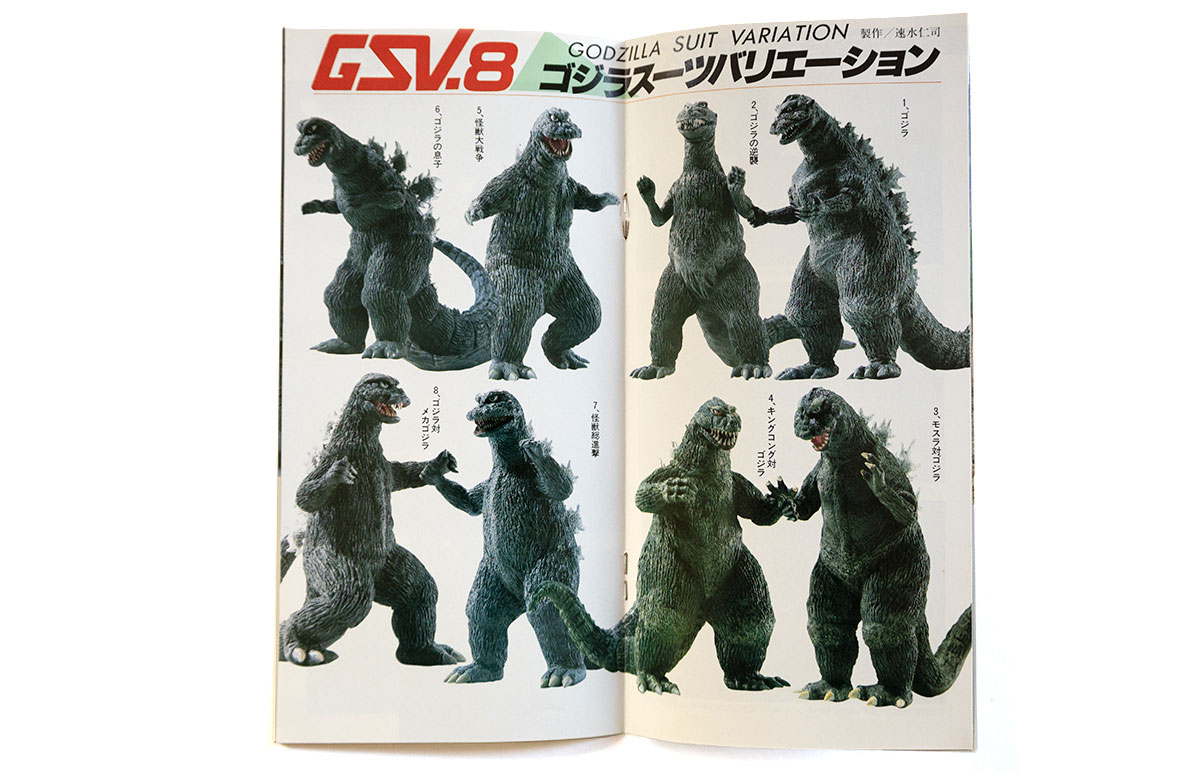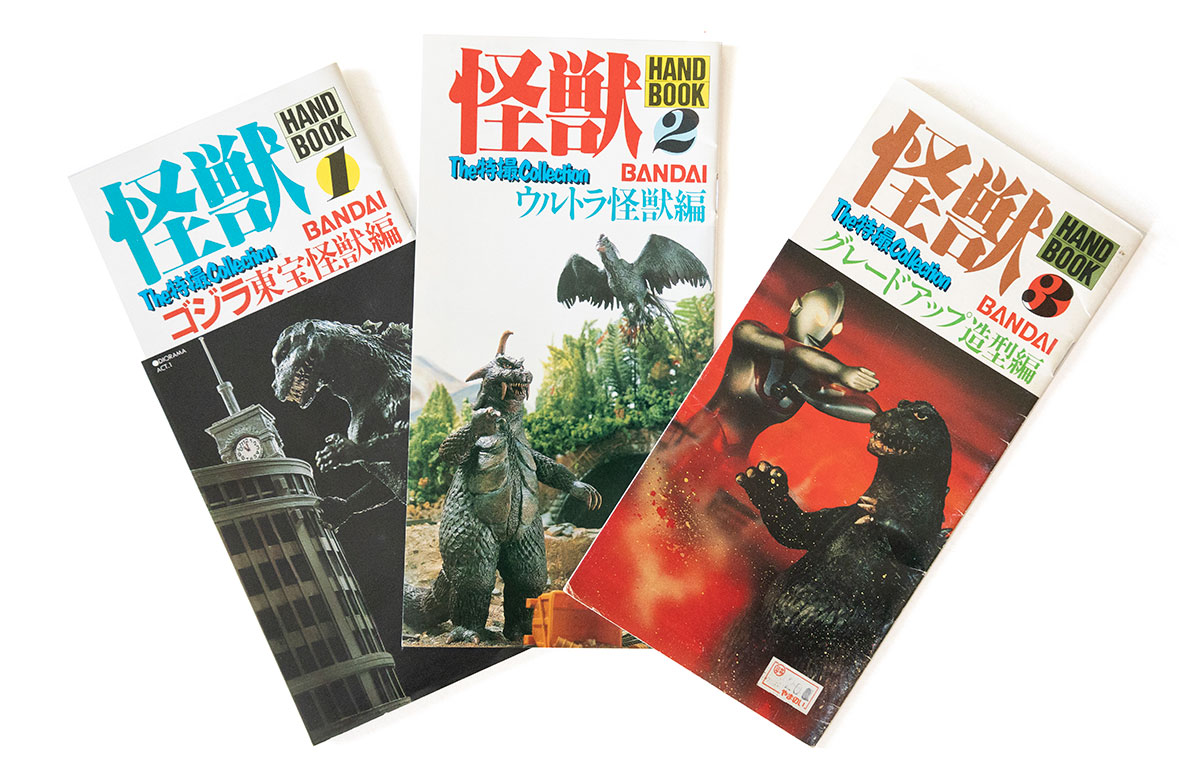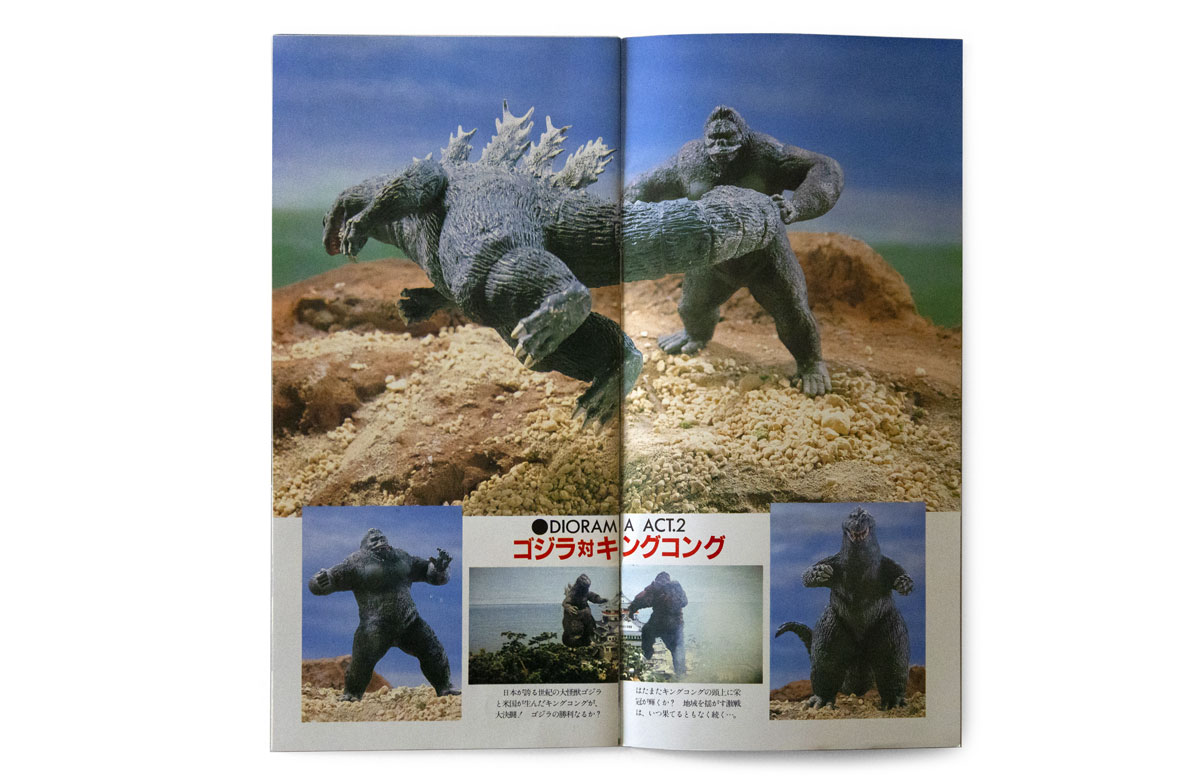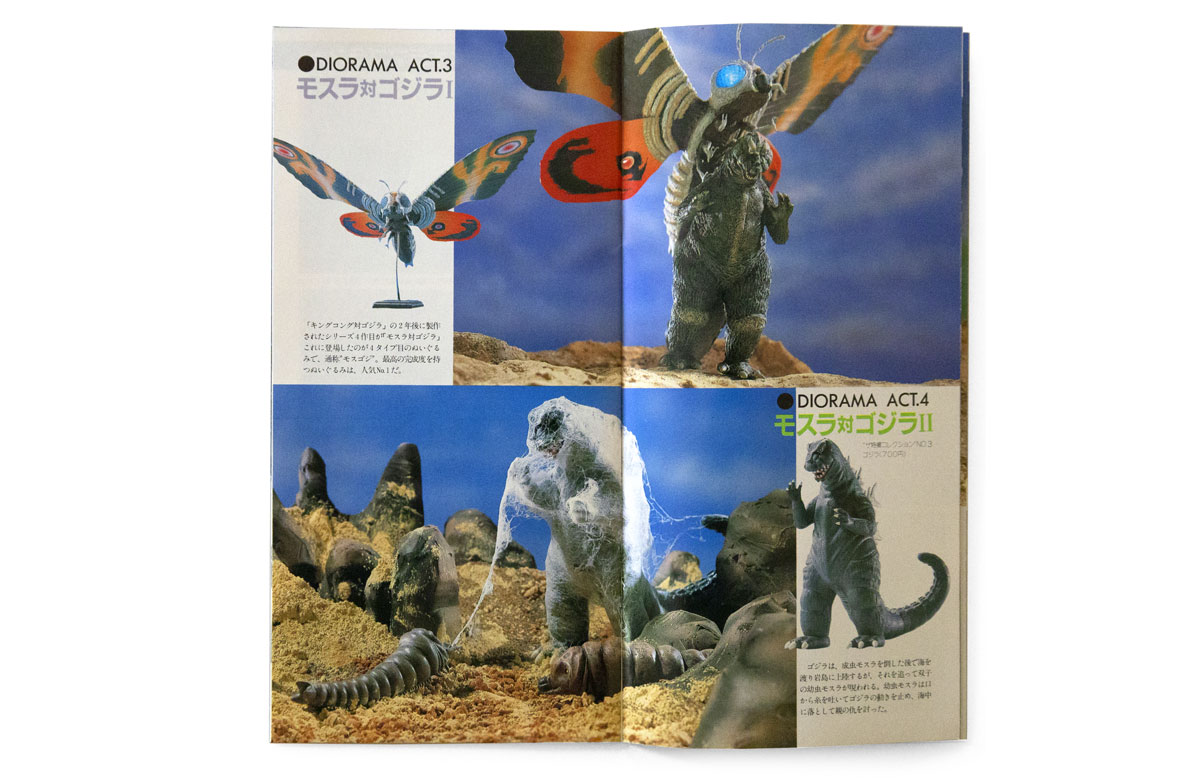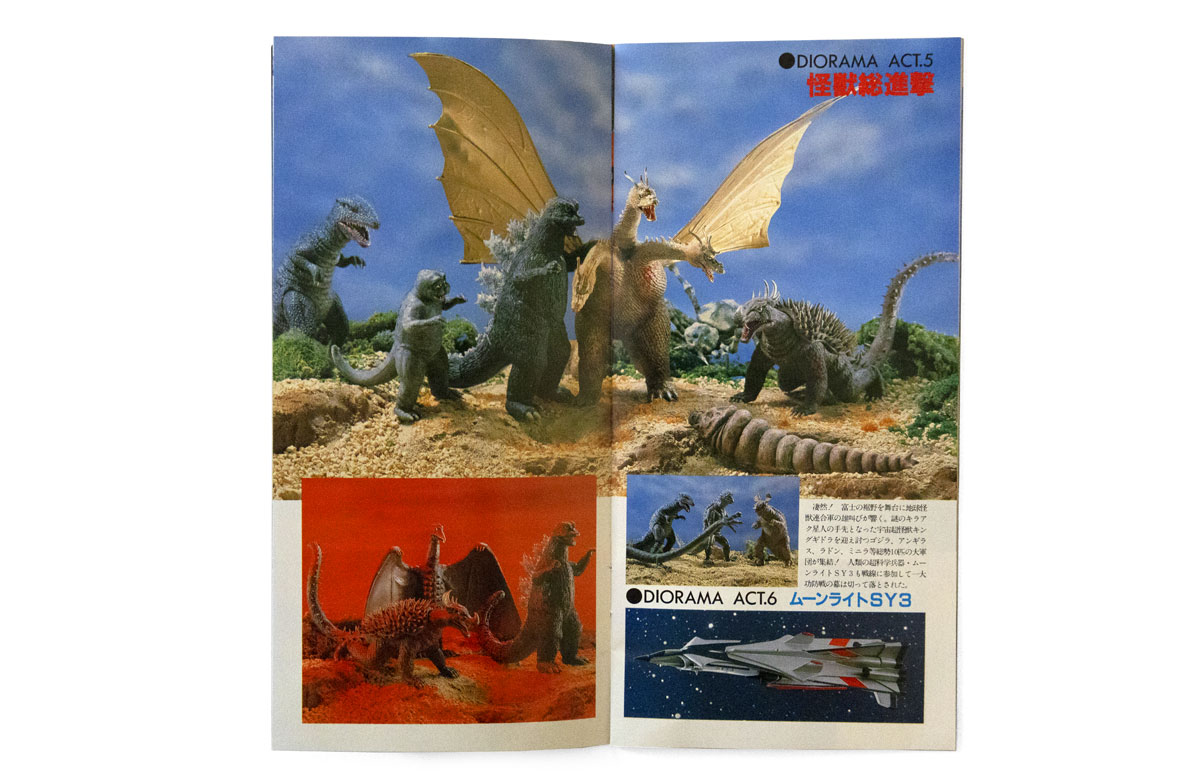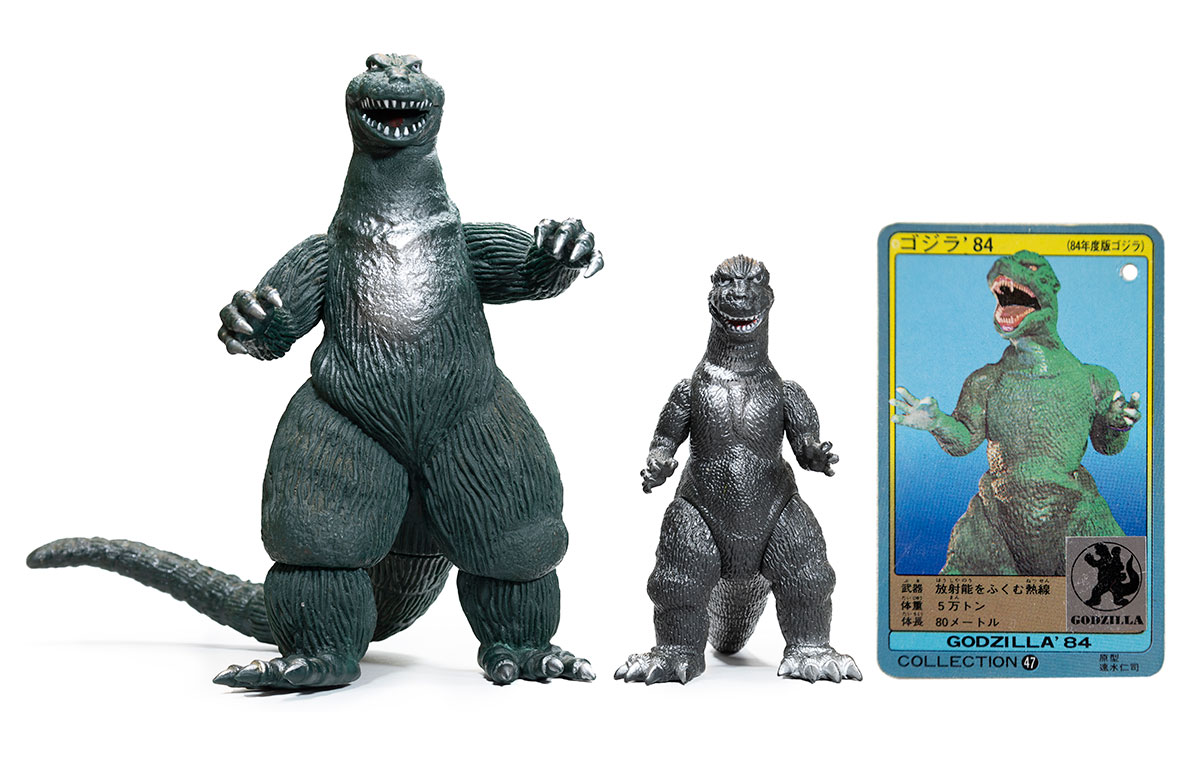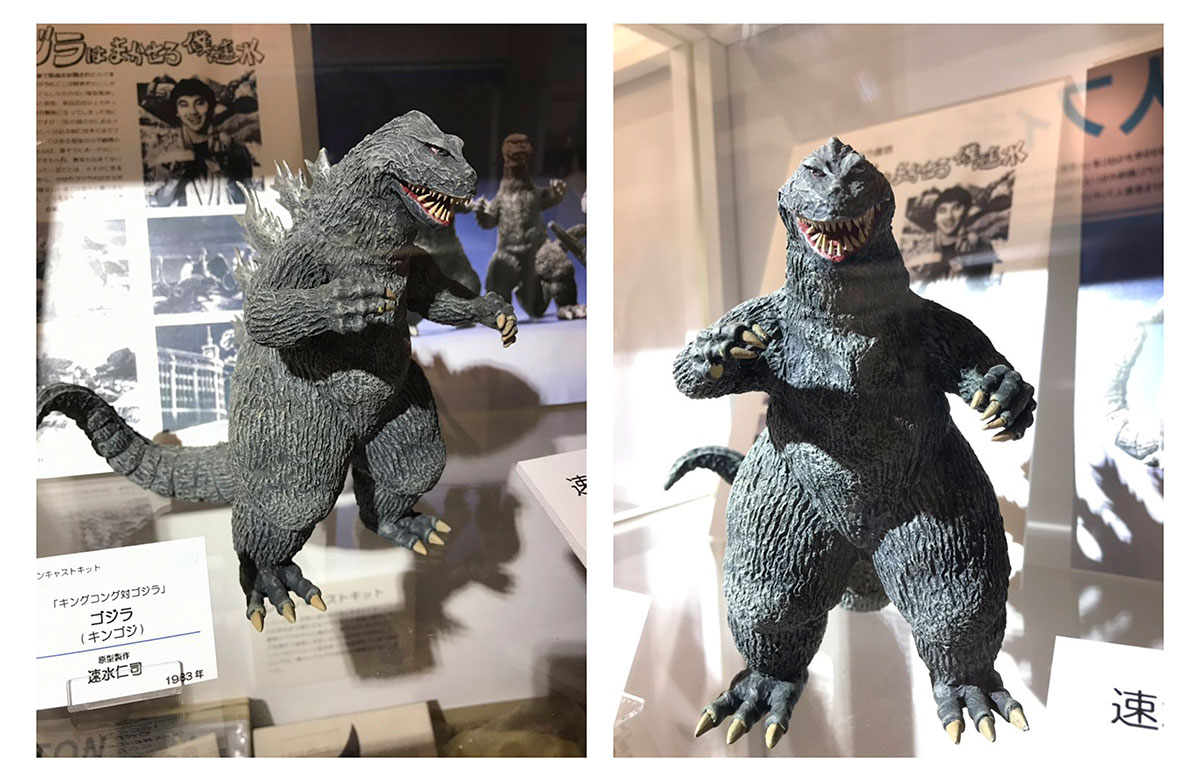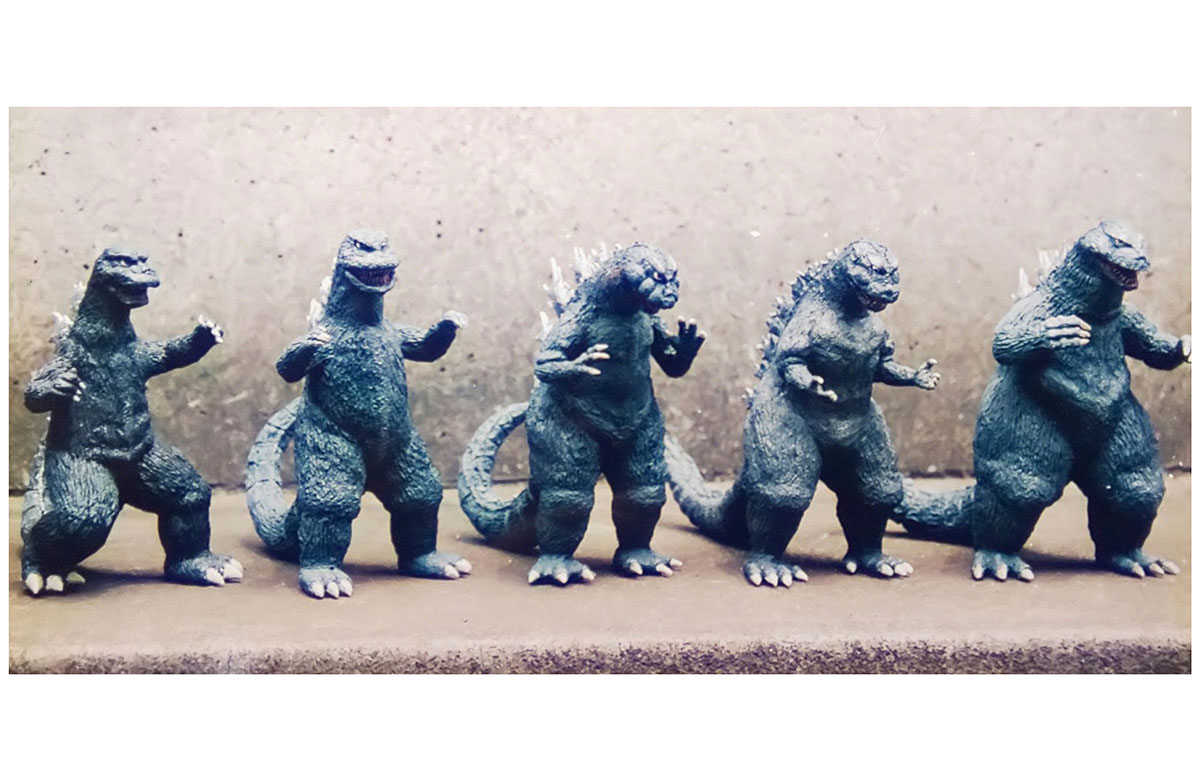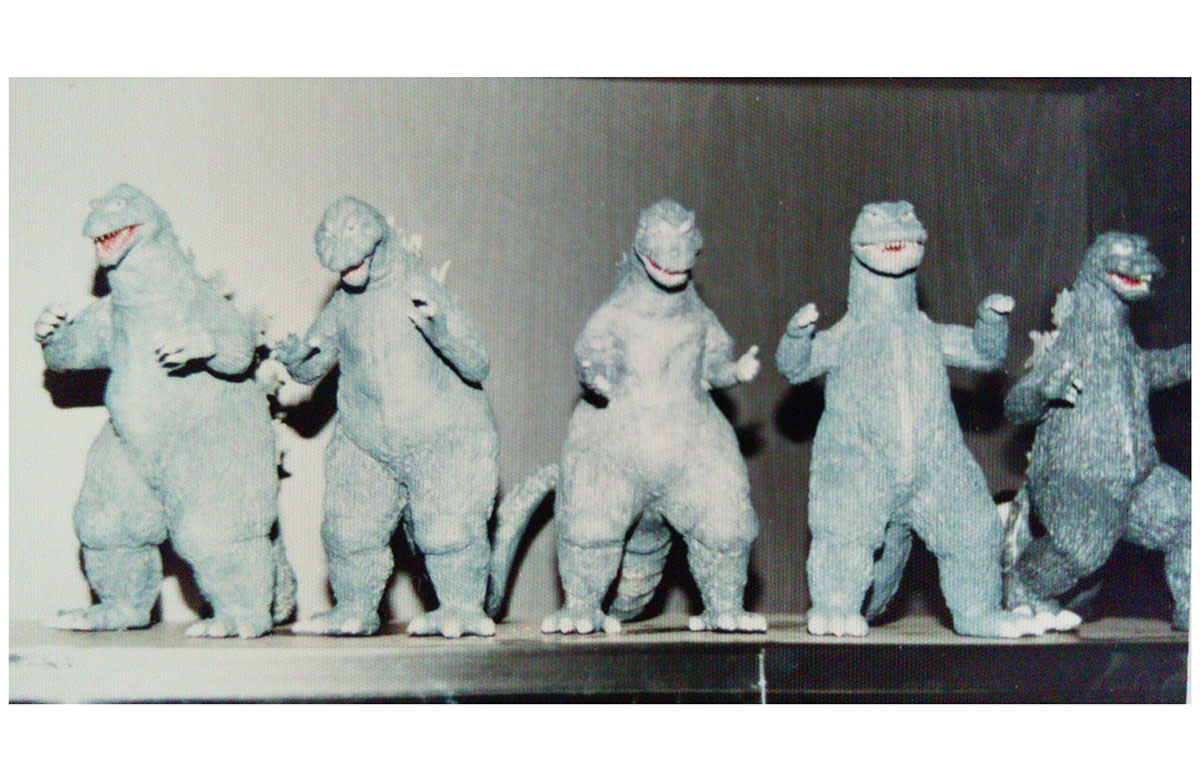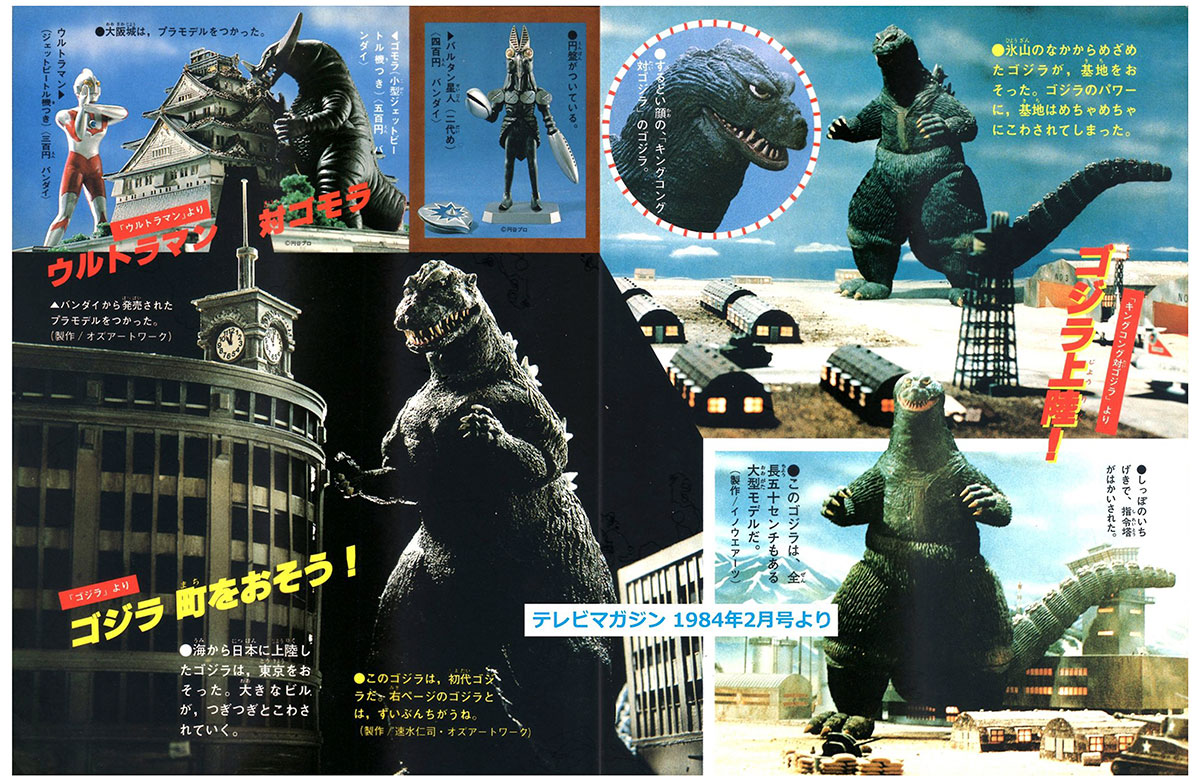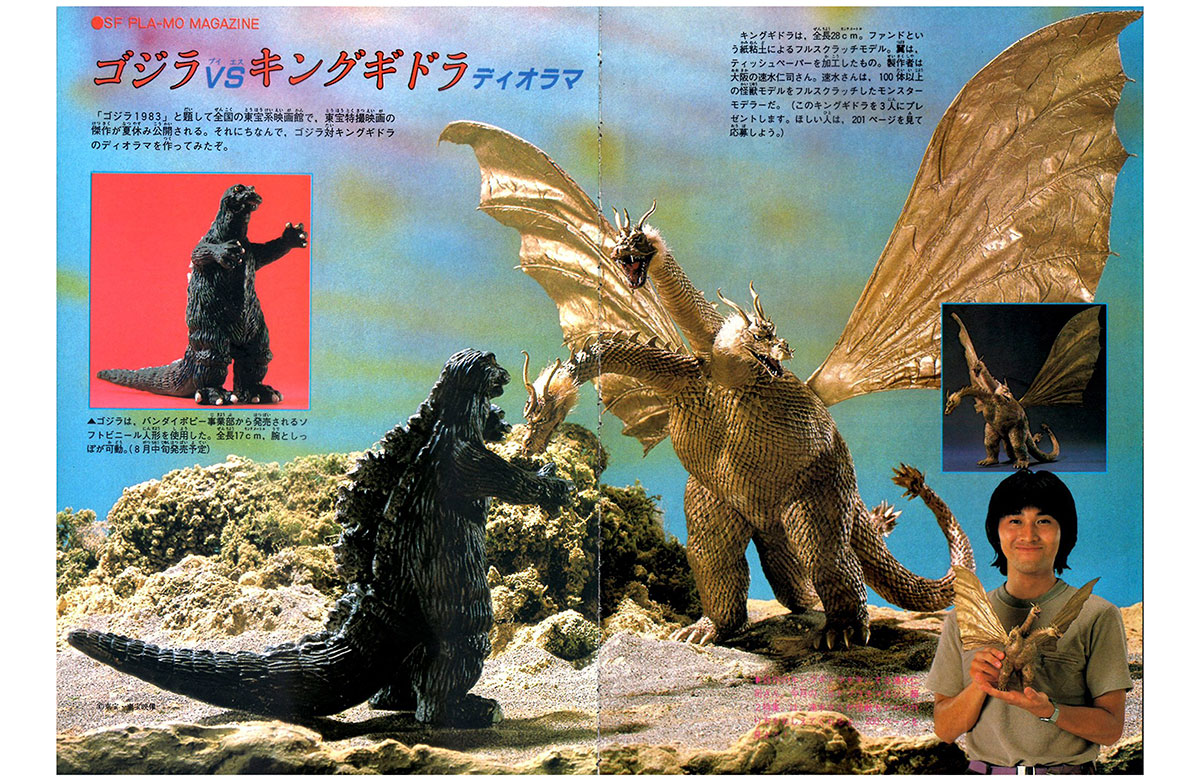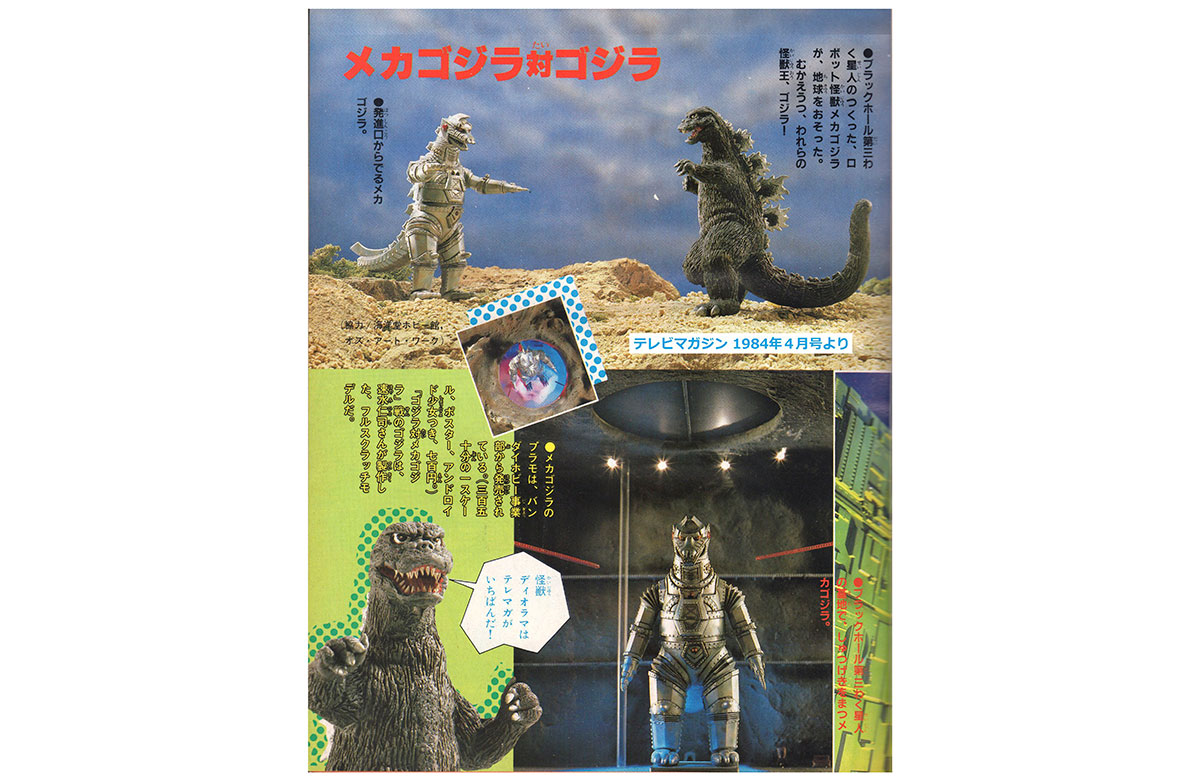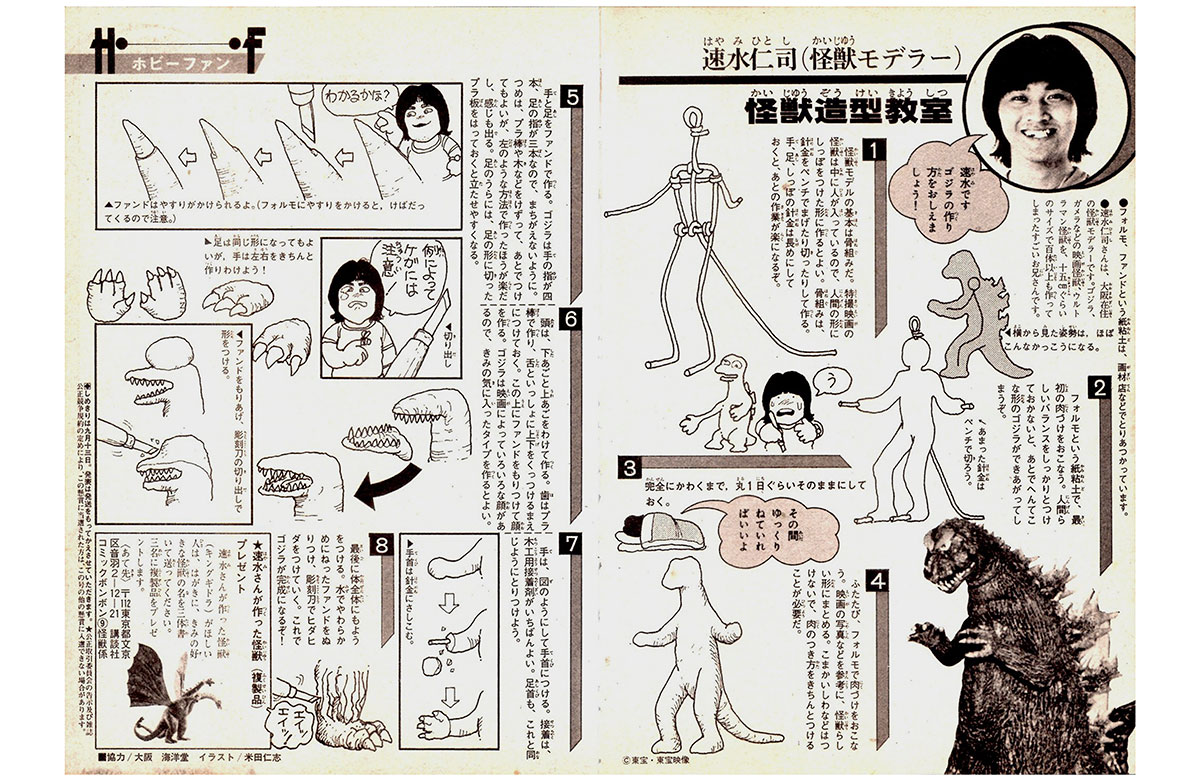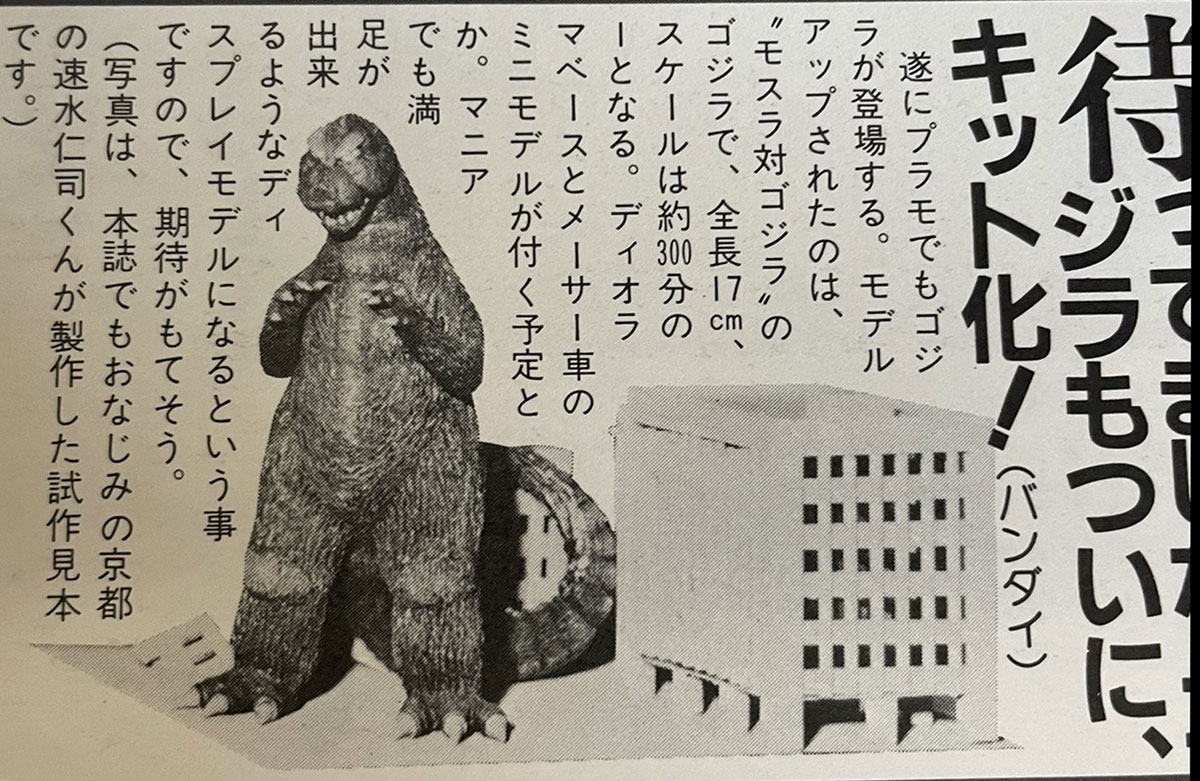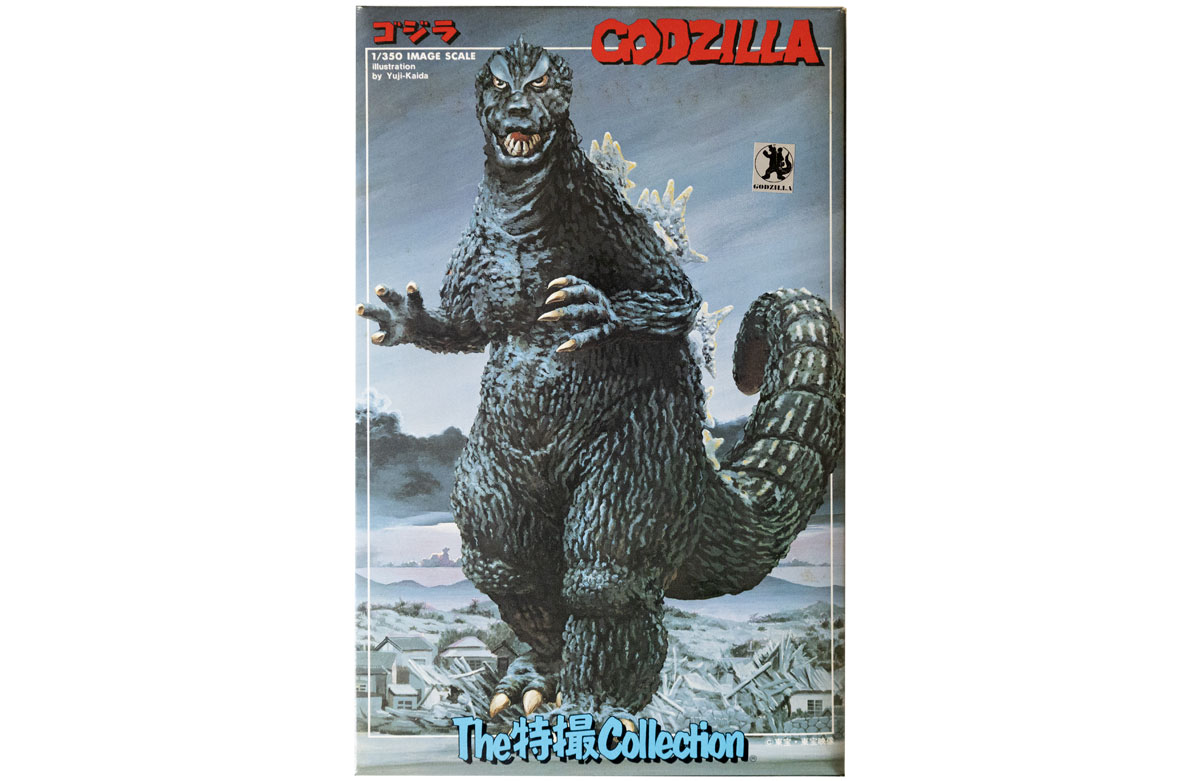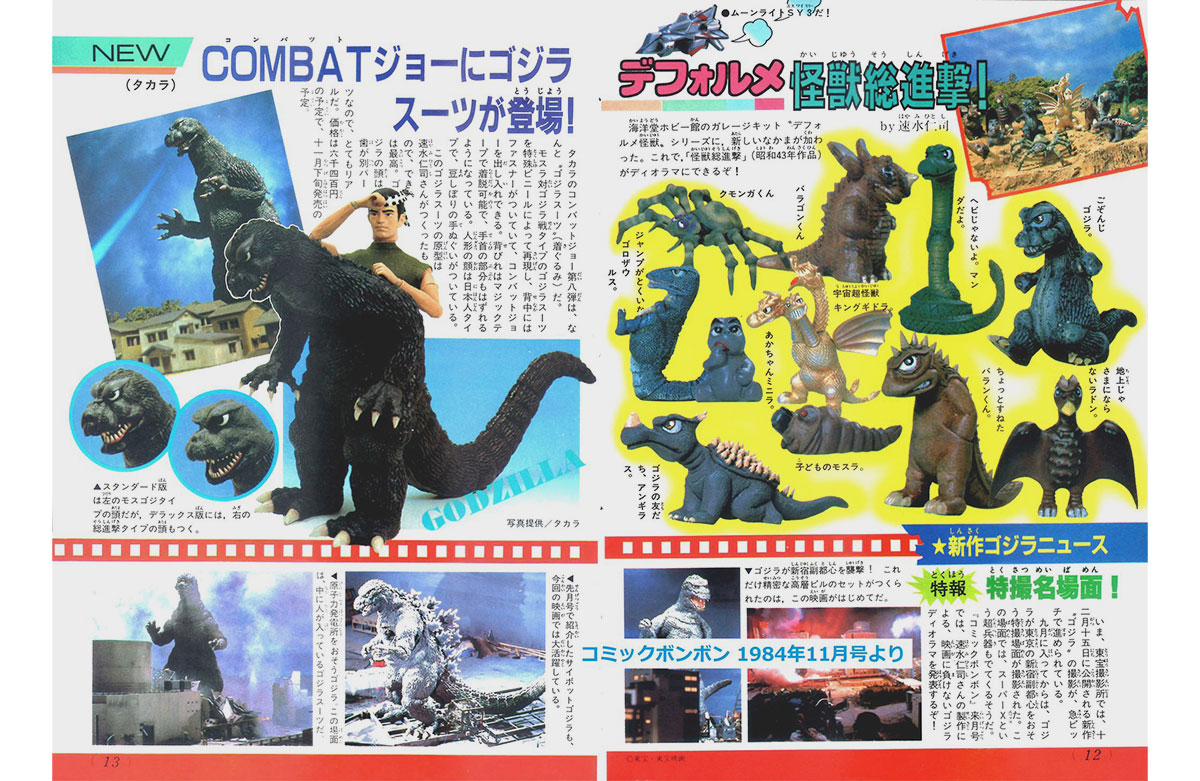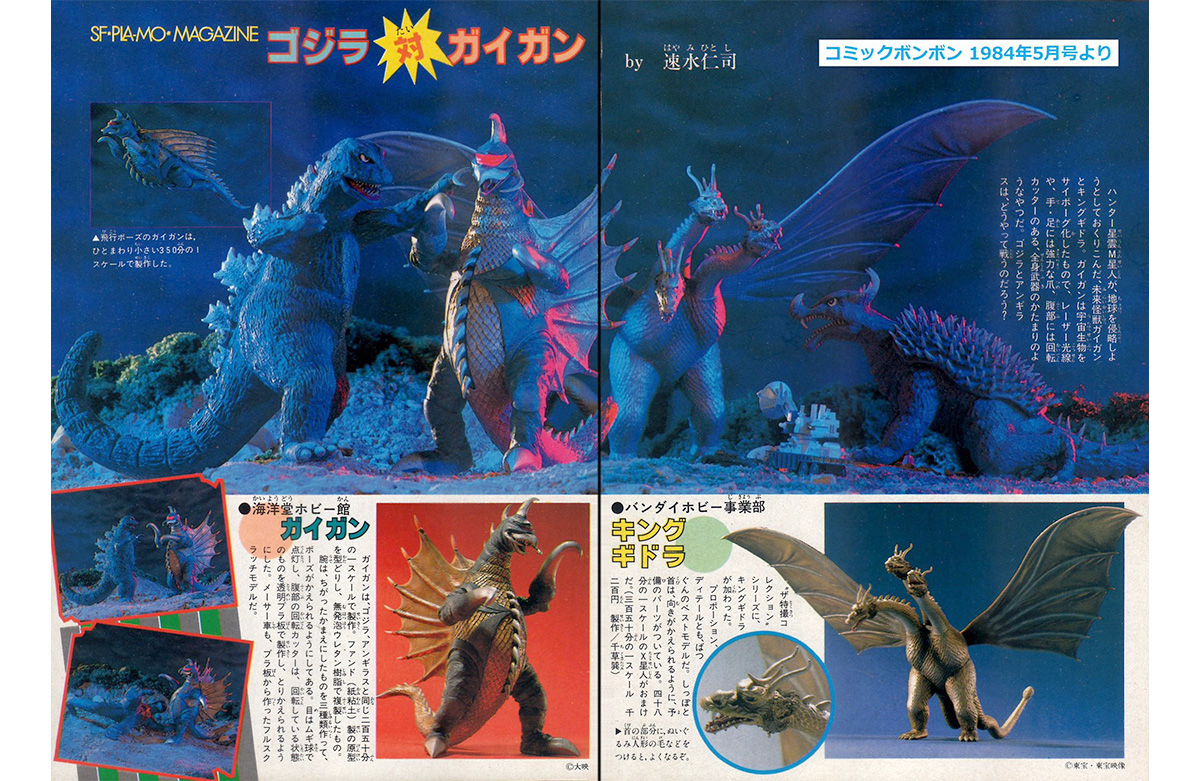8.16.2022 (revised 8.31.2022)
The earliest years of my life were so impressionable. For that reason, I’ve written a lot about the 80s. 1984 was a magical year. I can’t escape the indelible mark it left on me, my memories and my collection. The return of Godzilla transformed my childhood memories of the 70s into the passion of a teenage collector in the 80s. Godzilla had not been on the big screen since 1975, but he had been on my television screen. The local news announcement of new Godzilla was the shot in the arm that a young Godzilla fan with competing interests like Star Wars. And then Godzilla’s 30th birthday party at Rocketships & Accessories happened and I was introduced to the Japanese world of Godzilla.
